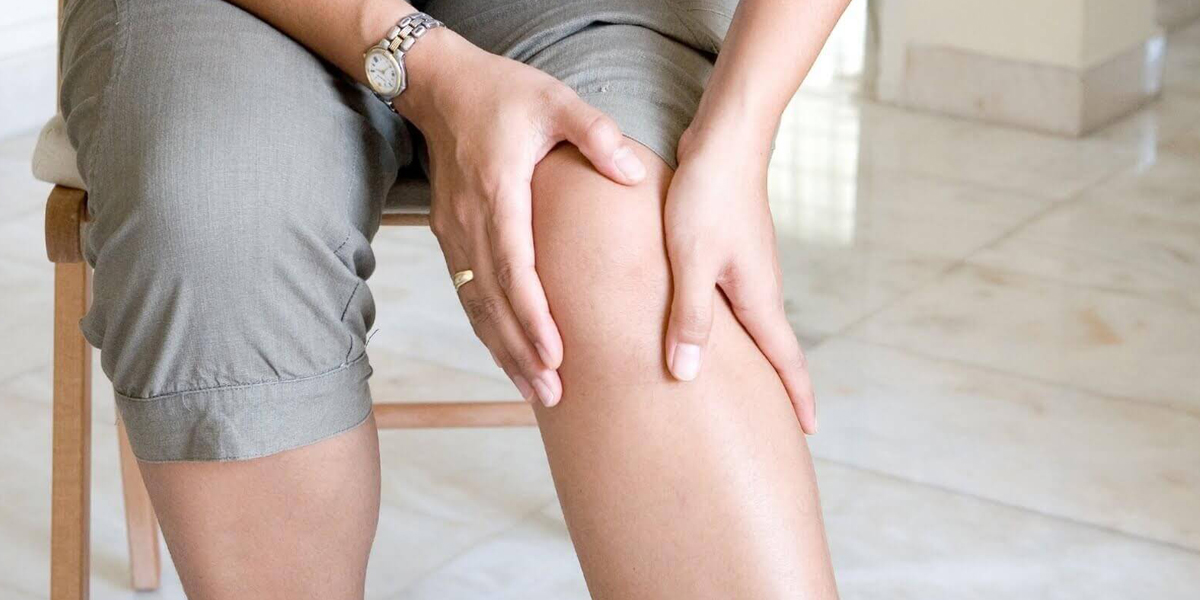
There are many causes of anterior knee pain and it is very important for both clinician and patient to have the right diagnosis for the appropriate treatment. The three most common types of anterior knee pain I see in the clinic are Patellofemoral Pain, Osteoarthritis and Patellar Tendonopathy. It is important for these to be accurately diagnosed as they all require individualised treatment and rehabilitation.
Patellofemoral Pain
In the knee joint the patella (knee cap) sits on top of the femur (thigh bone). The job of these bones is to allow a nice smooth movement when you bend and straighten the knee. Pain at the front of the knee doesn’t always have to come from a direct trauma i.e. getting hit with a hockey stick or landing from a fall. If the muscles around the knee have been put under too much stress or there is a muscle imbalance then something called patella mal-tracking occurs. With this mal-tracking the patella no longer sits in the correct angle in relation to the femur and more stress is put onto the joint when walking, running or jumping. Most of the cases I see in clinic with this condition have poor control in their hips and feet so a thorough examination of how the body moves will be carried out.
Osteoarthritis
Within the knee joint sits something called cartilage. The role of cartilage is to prevent the two ends of the bones (tibia + femur) rubbing together and to act as a shock absorber when walking/ running or jumping. People who have placed high levels of stress on their joints from either sport or certain working demands early on in life are at a greater risk of their cartilage degenerating. Also as we age the cartilage can slowly break down as a natural process but do not worry as this process can certainly be managed. As the cartilage degenerates there is a greater risk of the bony surfaces rubbing together which will trigger inflammation. Little bony growths can also start to form on top of smooth bone which causes friction and pain. Pain after prolonged sitting, first thing in the morning and the sensation of the knee locking or catching are the common signs of osteoarthritis. It isn’t all bad though! Gentle exercises to maintain the mobility and strength of the muscles around the knee will help to manage the degeneration process and keep you active.
Patellar Tendonopathy
The Patella tendon originates from the bottom of the quadriceps muscle and attaches onto the top of the shin bone. Its role is to straighten the knee and to control bending of the knee. People who do a lot of jumping or place stress on their knees from doing deep squats can experience pain as the tendon starts to inflame and thicken. This prevents efficient movement of the knee under load and also produces significant pain. Stretches to lengthen the quadriceps muscle and to strengthen the tendon eccentrically are the common methods of rehabilitation for this condition.
If you are concerned about your knee pain please do not hesitate to speak to one of the Sports Therapists at the clinic to see how we can help.
Adam Harrison
Sports Therapist


